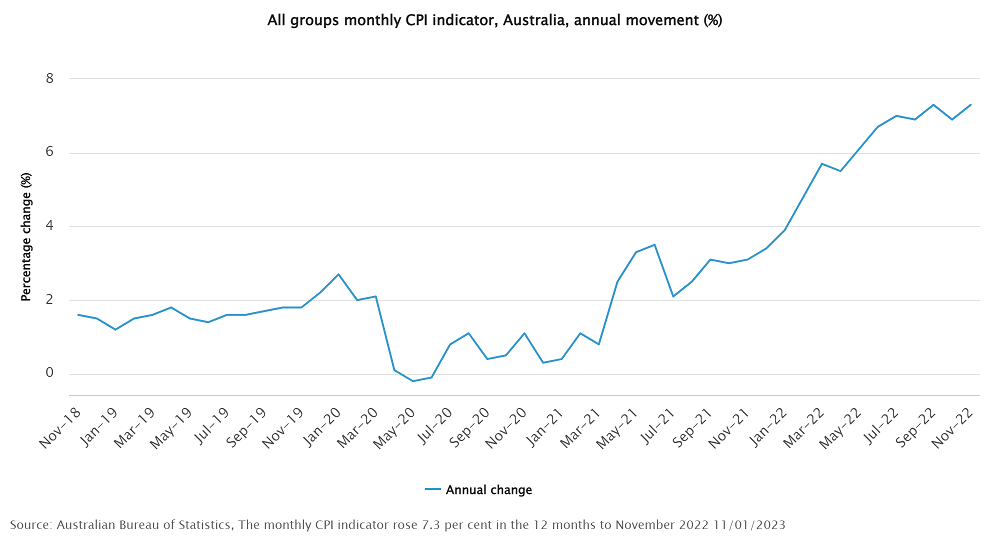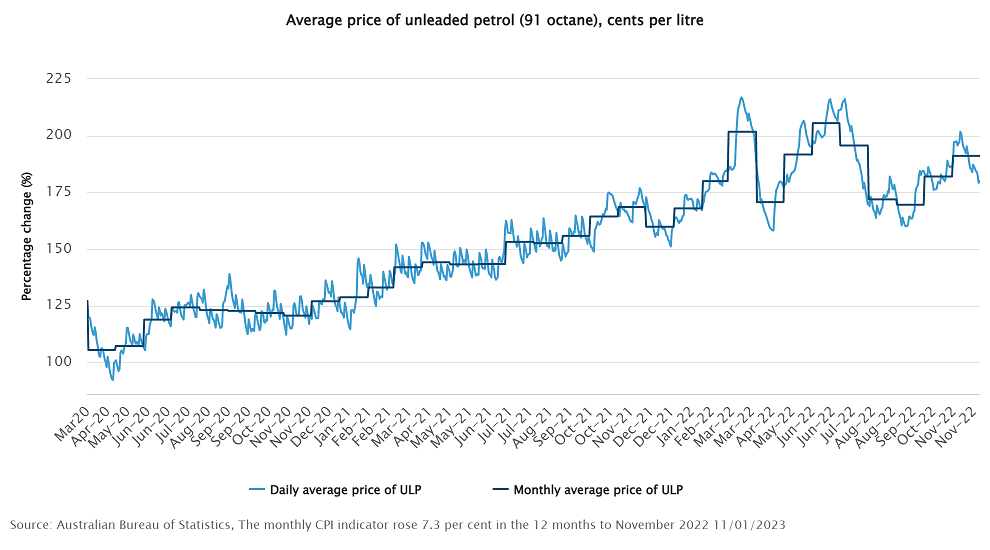Housing, food prices among biggest contributors to higher CPI

Inflation continues to be a problem for the Australian economy, with the latest monthly Consumer Price Index indicator rising 7.3%.
The latest figures, released on January 11 by the Australian Bureau of Statistics, show that CPI inflation rose four percentage points from October.
“This month's annual movement of 7.3% compares to 6.9% in October and 7.3% in September, indicating ongoing inflationary pressures,” said ABS head of prices statistics Michelle Marquardt (pictured above).
The CPI indicator for November showed the most significant contributors to the annual rise in November were housing (+9.6 %), food and non-alcoholic beverages (+9.4%), transport (+9%), furniture, household equipment and services (+8.4%) and recreation and culture (+5.8 %).
“The housing group was the main contributor to the annual increase in the November monthly CPI indicator,” Marquardt said. “High labour and material costs contributed to the annual rise in new dwelling prices (+17.9%) although, the rate of price growth for new dwellings has eased compared to the 20.4% annual rise seen in October.”
In the October CPI inflation figures the biggest contributors to the 6.9% increase were new dwellings (up 20.4%), auto fuel (up 11.8%) and fruit and vegetables (up 9.4%).

Prices for all food and non-alcoholic beverages categories remained high compared to November 2021, with meals out and takeaway food (+7.3 %) the main contributor to the annual increase.
“Increasing operating costs, including wages, electricity, and weather affected reductions in food supplies continued to drive prices up,” Marquardt said.
“In the transport group we saw some flow-on impact from the restoration of the Australian government's fuel excise in November's higher automotive fuel prices. These rose 16.6% in the year to November up from 11.8 % in October. Average prices for unleaded petrol peaked at just over $2 in early November before falling to just under $1.80 by the end of November.”

Marquardt said furniture, household equipment and services group rose 8.4 % for the year. This was primarily due to increases in prices for furniture which occurred mid-2022 due to higher freight and raw materials costs. Increases in the costs for cleaning and maintenance products were also a strong contributor to the increase for this group.
Prices related to recreational and cultural activities have also increased compared to a year ago.
“There have been several strong annual movements in the holiday travel and accommodation during 2022 as prices recover from COVID-19 related lows,” Marquardt said. “November’s annual movement of 12.8% was the second highest since the monthly CPI indicator data series began in September 2018.”
She said November’s monthly increase of 4.3% for holiday travel and accommodation was different from the falls usually seen in November following the September and October school holiday period.
“High jet fuel prices combined with strong consumer demand in November pushed airfare prices up, with accommodation prices also rising."
Share your thoughts on this story in the comments section below.



